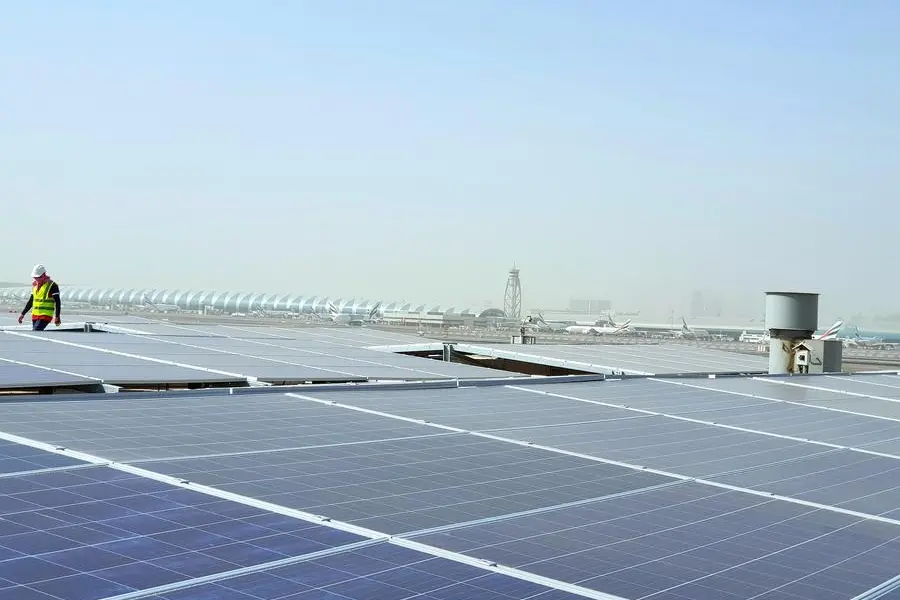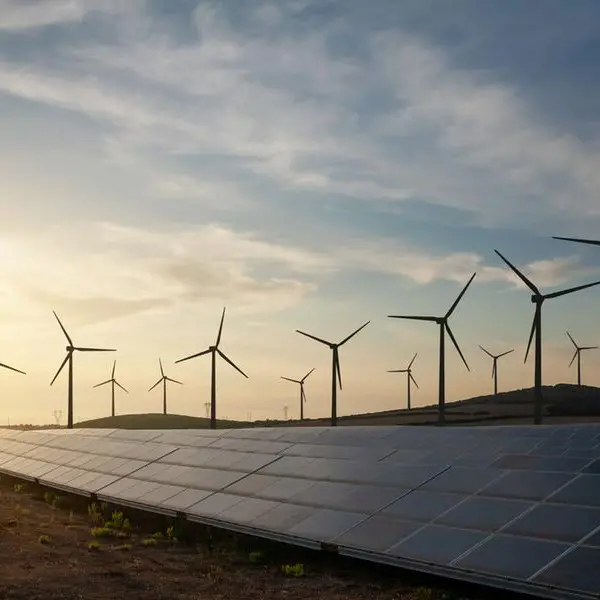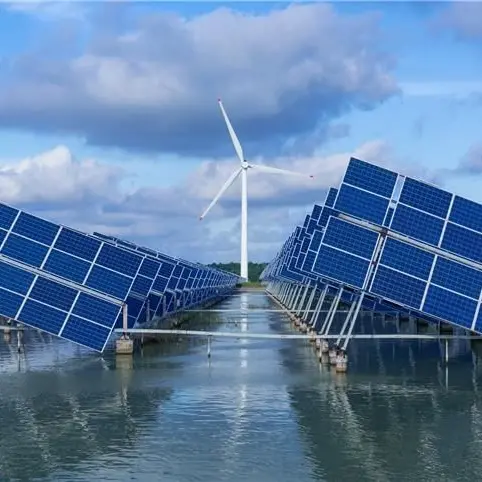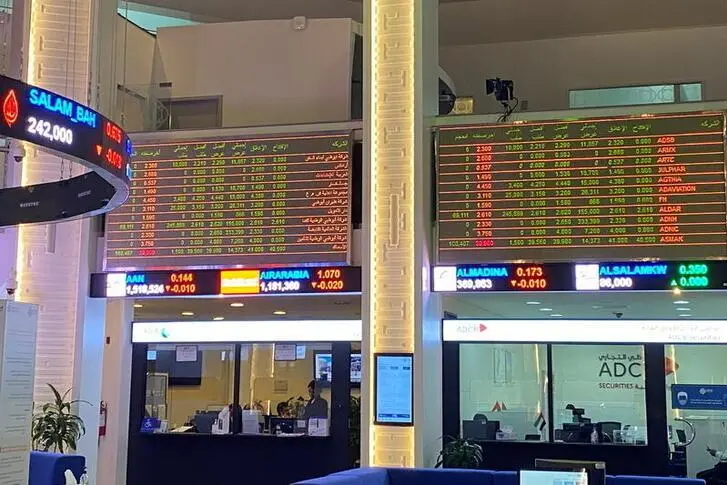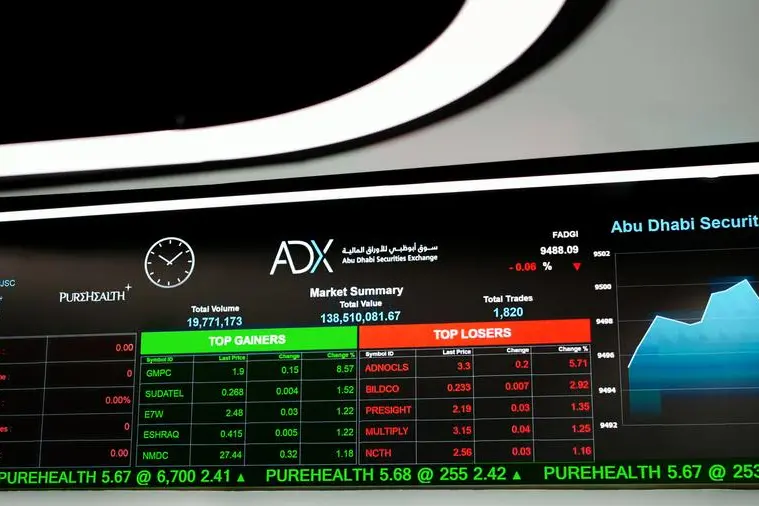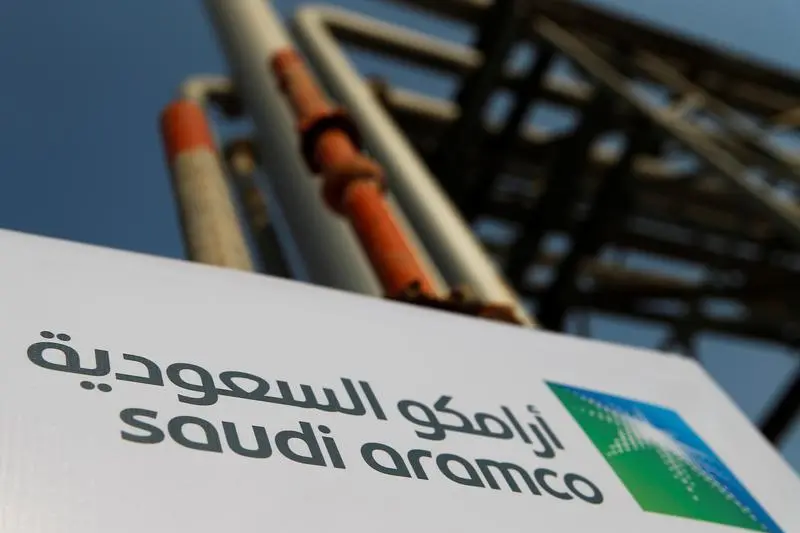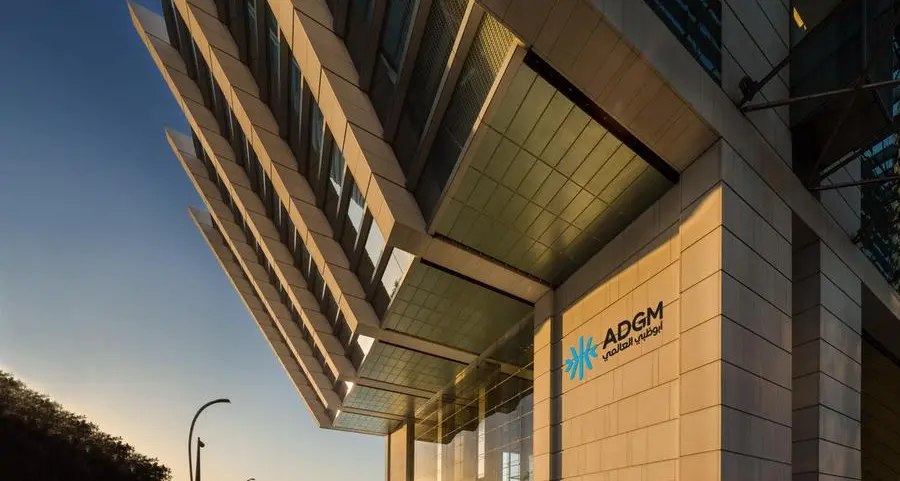PHOTO
15,000-panel solar array at DXB’s Terminal 2, the largest at any airport in the Middle East. Dubai Airports wins Sheikh Mohammed bin Rashid Global Aviation Award for Sustainability Programme. Image Courtesy: Dubai Airports
The sustainability-linked bond (SLB) market has been growing exponentially, with cumulative issuance reaching $147 billion by June 2022, attracting a wider range of issuers across sectors. This accounted for 10 percent of the total sustainable bond market in the first half of 2022, compared to 1 percent at the end of 2020, according to a Sustainable Fitch report.
“Growth in the SLB market is issuer-driven – that is, the product’s flexible nature compared to other ESG-labelled bonds makes it accessible to entities in a wider range of sectors,” said Nneka Chike-Obi, APAC Head of ESG Research, Sustainable Fitch, who co-authored the report.
However, rather than SLBs being more attractive to investors, she said in most cases, the decision to purchase any individual sustainable bond includes financial considerations, sector/regional allocation, fund theme or strategy, etc.
The report noted that the debt instrument's pricing model may require further calibration. Since the first SLB issuance in 2019, the market has seemingly coalesced around a fixed coupon step-up of around 25bp, which is triggered when an issuer fails to meet its predetermined sustainability targets.
“The coupon adjustment mechanism of SLBs does not seem to reflect the issuer’s credit profile or the ambition of its sustainability strategy. At present, an investor cannot determine the materiality of an SLBs target based solely on the size of the coupon adjustment,” explained Chike-Obi.
However, the International Capital Market Association (ICMA) published a KPI Registry in June 2022, which she said, will help issuers identify material ESG issues based on their sector, with the aim of improving the quality of selected targets.
On how step-up rates could be made to account for variations in the financial, operational and sustainability profile of the issuers, she suggested that alternatives to a flat step-up could be: setting it as a percent of the issuer’s borrowing cost; having tiered step-ups based on the issuer’s credit rating; have tiered step-ups based on the materiality of the KPIs to the issuer’s main business.


Given the hazards of step-up pricing adjustments, how can these be addressed? Chike-Obi agreed that there is an element of moral hazard in the most common SLB structure where the issuer pays an additional coupon to investors for failing to meet sustainability targets. “The ICMA SLB Principles do not require that the adjustment be a step-up, nor that it be paid to the investor. Other options include using the value of the step-up for green or social CAPEX, donation to a non-profit organisation, or to purchase carbon offsets,” she said.
Issuer universe of SLBs
While the energy and utilities sector has issued the largest amount of sustainability-linked debt in US dollar value, there is growing diversity among the sectors represented, including food and beverage and pharmaceuticals, according to Sustainable Fitch.
The report noted that the wider range of issuers and key performance targets set for SLBs supports portfolio diversification for investors and increases the availability of issuer-level sustainability data.
For sovereigns and government entities to benefit from SLBs, they may need to pass law or introduce regulations to meet sustainability performance targets.
“So far, only two countries have issued sovereign SLBs - Chile and Uruguay. We expect this number to increase as more governments integrate climate pledges into national policy. There may be some cases where a sub-sovereign government has more flexibility in issuing an SLB based on governance and fiscal structure.”
She pointed out that there has been limited money market activity to date, as the short-dated nature of the instruments means only issuers who are capable of allocating capital to green activities within a very short timeframe can leverage its advantages.
“So far this has restricted it to companies involved in carbon-intensive activities who can deploy funds to new green CAPEX, such as utilities and cement manufacturers,” Chike-Obi said.
Given the size of the market, there remains ample opportunities for structured finance and money markets to get into SLBs.
For example, with electric vehicle sales forecasted to top 20 million units per year by 2030, EV loans can be securitised into asset-backed securities (ABS) like standard automotive loans, the Fitch executive noted.
“If all of the assets are green, these can potentially be marketed with a green label. We expect growth in green lending to a variety of assets including property and solar panels to be supportive to the further development of the green ABS market.”
Link to previous interview: Sustainability-linked debt market to bridge climate funding gap
(Reporting by SA Kader; Editing by Anoop Menon)
(anoop.menon@lseg.com)
__PRESENT
